The importance of data for modern businesses cannot be overstated. The right insights can improve processes, boost buyer experiences, and more.
So far, though, the conversation has been external: focusing on customer data. Today, we’ll be exploring why you should also be looking internally.
Workforce analytics (also known as people analytics) represents the next step in human resource management. With the potential to transform your internal operations, it isn’t a technology you want to miss out on.
But what exactly is workforce analytics, and how can it be put into practical use? In this article, we’ll explore the concept of workforce analytics, delving into its benefits while providing real-world examples of the technology in action.
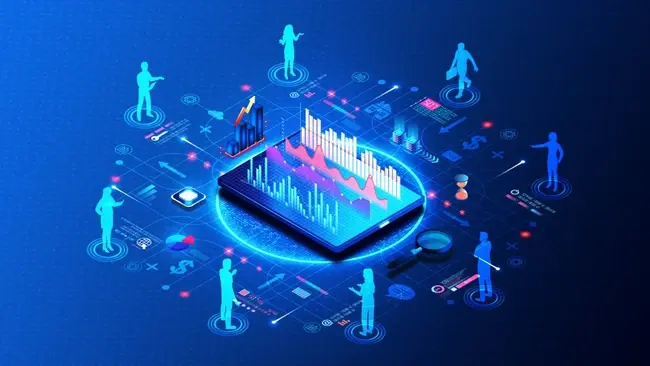
What is Workforce analytics? Definition
Workforce analytics, also sometimes called people analytics or HR analytics, is all about using data to improve how an organization manages its employees. It involves gathering information from various HR sources, analyzing that data, and then using the insights to make better decisions about things like staffing, training, and compensation.
This concept might sound slightly menacing, conjuring images of a Big Brother operation monitoring every detail of your employee’s workday. The reality, though, is much less intimidating. Workforce analytics is a tool that makes life better, not just for your organization, but for your workforce.
Traditionally, HR decisions might have been based on intuition or experience, but workforce analytics brings a more objective approach, using data to identify trends and patterns.
By analyzing HR data, organizations can make better decisions about areas like recruitment, training, compensation, and employee engagement.
Analytics tools can be presented through a variety of methods, making insights simple and accessible. This includes a mix of statistical, visual, and descriptive methods, ensuring quick and effective decision-making.
Benefits of workforce analytics
Workforce analytics can be transformative for organizations, giving the competitive advantage needed to get ahead. Here are some examples that demonstrate the benefits of Workforce analytics:
1. Facilitates informed decision-making within organizations
It’s almost impossible to make the right decision without all the necessary information; naturally, data is an important part of that. When it comes to HR, data becomes an essential tool to help you make the best decisions, whether you’re looking at hiring new staff or trying to improve employee well-being.
But data alone isn’t particularly useful. You won’t be able to make strategic decisions based on a blizzard of numbers and statistics. Analytics is the key to unlocking your data and understanding what it means for your organization.
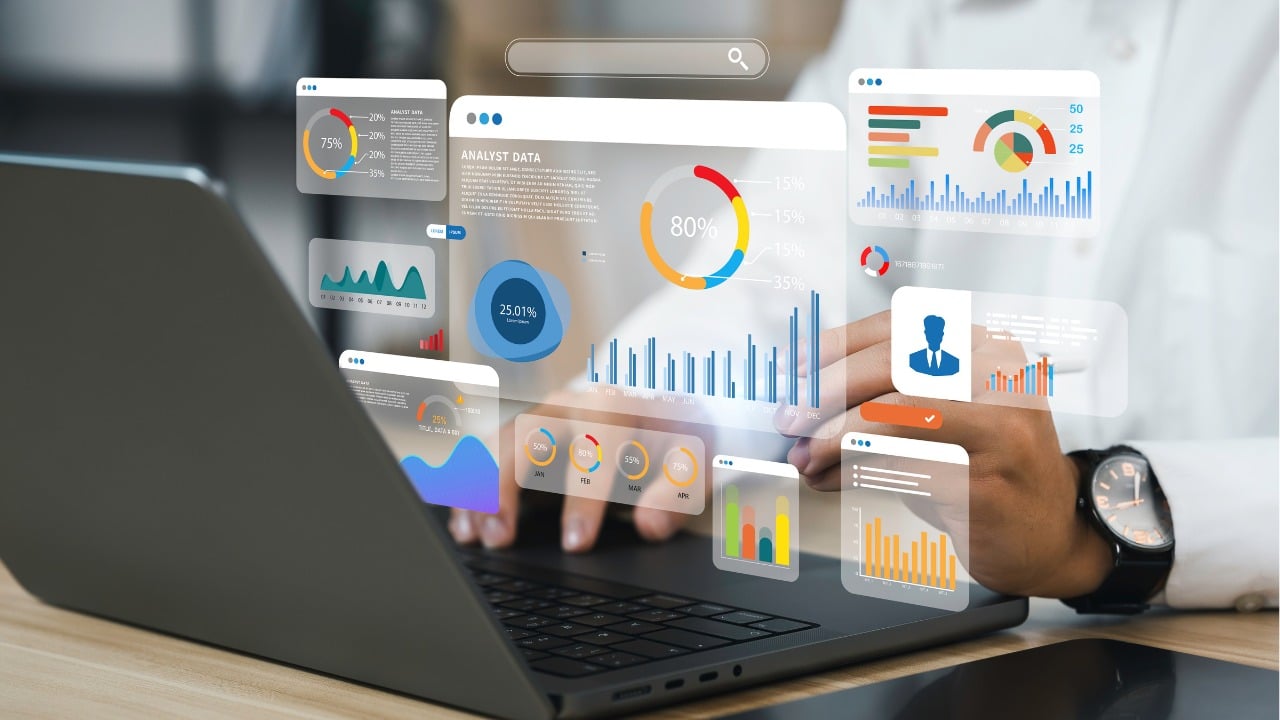
Every HR decision, whether related to hiring, employee benefits, or onboarding, will be strengthened by having access to historical and predicted future trends. Making you more confident in your choices and less likely to run into issues.
2. Optimizes and refines the recruitment and hiring process
Workforce analytics removes the guesswork from the recruitment process. You can look at previous hires to help determine future candidates. What worked previously, and what didn’t? What skills and backgrounds are lacking? What do the trends teach you about your company’s culture and values? Can you find similar attributes in new candidates?
With these insights, you will have a clearer idea of what you’re looking for, making it easier and faster to find a shortlist. What’s more, there’s a stronger chance you’ll hire the right candidate for a role.
3. Offers valuable insights into employee engagement
Workforce Analytics will provide you with the insights you need to improve the workplace and boost employee engagement. By using an HR platform or online HR management software, your data will be easily available and understandable, which will help you spot any issues and decide where to direct your improvements.
For example, below are some of the advantages of collecting this data:
- Create better working hours - By keeping a close eye on data, you can identify the points in each day where employees are most productive. You then assign corresponding working hours.
- Improve working conditions - Data might reveal that the current office layout is inefficient and impacting productivity.
- Reduce turnover rate - You can identify the top reasons for employees leaving your organization and boost retention rates.
4. Assists in strategic workforce planning and scheduling
Understanding tomorrow's business needs today is essential for getting ahead. For example, are the scope of your business objectives likely to change significantly in the coming months? If so, you’ll probably need to take on more staff. That said, anticipating these changes can be difficult, and any mistakes can be costly.
Luckily, a technology called predictive analytics, a subset of workforce analytics, makes the task of workforce planning much easier. The technology looks at existing data to predict future patterns. This means you can better anticipate and prepare for future business needs.
5. Streamlines performance management processes
Effective performance management looks at the individual skills of different employees. It attempts to maximize these attributes so that objectives are achieved more quickly. Part of this process is assigning assessable goals to help guide employee improvement.
Workforce analytics helps to streamline every stage of the performance management process. Employers can identify the best attributes of staff more easily. By keeping a close eye on data, they can choose the best KPIs to monitor progress. Strategies can then be alternated so that they better align with objectives.
6. Provides information on employee productivity and well-being
Sometimes, spotting burnout isn’t easy. Employees are often reluctant to admit that they’re struggling, and fearful of punishment. Underlining the problem, studies have shown that nearly 1 in 4 employees meet the criteria for ‘relevant symptoms’ of anxiety and depression.
Using data from your HR or shift management software, you’ll be able to monitor and analyze when employees have been working too much or working a lot of irregular shifts, such as night or weekend shifts.
In doing so, you make sure you assign better or more balanced working hours as well as, identify which teams may need more resources or extra support. Simply by keeping an eye on data and following it up with frequent communication, you could improve employee morale and well-being.
7. Identifies opportunities for cost savings and operational efficiency
Are labour costs too high? If so, what cost-saving measures can be put in place? By looking at areas such as payroll data, you can identify inefficiencies. You can then put cost-saving measures into action. For example, you might choose to freeze recruitment for a period.
Best practices in using workforce analytics
There’s no denying that there are many advantages to workforce analytics. But how can data be used effectively and securely? Let’s explore some best practices.
1. Prioritize data security and regulatory compliance
Organizations should be very careful about how they handle and store data. There is no shortage of data regulations worldwide. Falling foul of any of these laws can result in sizable fines (not to mention damage to reputation).
To avoid any breaches, every organization should keep up to date with legislation. Implement strict measures to protect data and make sure that access is controlled on a ‘need to know’ basis. It’s always best to invest in legal help to guarantee that legislation is followed properly.
2. Only gather essential data to minimize privacy risks
Think about the kind of data that you need. Not all information relevant will be relevant to your organization’s needs. Collecting data on every aspect of a worker’s life is asking for trouble. You’re essentially providing a gold mine for hackers.
To avoid embarrassing data leaks, keep tight controls over the kind of data you collect. Be sure to have policies in place for data deletion. For example, consider how you will hold onto information relating to previous employees.
3. Keep employee records accurate and updated
Data-driven insights are only as accurate as your data. Information from a different period of time won’t tell you much about employees today. Employee behaviour, engagement, and pay rates are all likely to change. To get the information you need, data needs to be kept constantly up-to-date.
Equally important is that data needs to be of high quality to give you accurate results. Duplicates and other anomalies will only drag your data down.
To keep information accurate and relevant, consider some of the following practices.
- Invest in data cleansing tools.
- Introduce data standards checks.
- Appoint ‘data owners’ to oversee accuracy and compliance.
4. Seek explicit consent for data collection
Consent should be a number one priority before gathering any data. Firstly, most employees won’t be keen on you collecting data without their knowledge. Equally importantly, though, many data regulations, like GDPR, view consent as a key requirement. Gathering data without consent is likely to land you in a lot of legal trouble.
To make sure everyone is on the same page, be extremely clear about how you are collecting data. Explain how information will be used, and the length it will be held for.
5. Regularly audit data practices to ensure compliance
As mentioned, data regulations aren’t static. They’re liable to change scope at any moment. If you employ staff remotely on a worldwide scale, you may have multiple laws to comply with. This means, that whilst you might be compliant one week, the next week could be a different story.
The only way to avoid being caught out is to keep a close eye on your data collection practices. Keeping an eye on the latest compliance solutions, and carrying out regular audits can help to keep in line with changing data laws.
6. Provide employee training on data privacy
Having data privacy policies in place is only useful if your employees adhere to them. But without proper training, employees won’t know how to handle data properly.
A comprehensive data training program should answer the following questions:
- Why are you collecting data? What business outcomes are you working towards?
- What responsibilities do employees have for keeping data safe?
- What legislation do employees need to be aware of?
Final thoughts
Your business’ data collection shouldn’t just be external. Workforce analytics is key to taking your HR operation to the next level. Here, we’ve explored some of the many benefits of analytics. From better decision-making to cost-cutting, workforce analytics is simply common sense.
Of course, that doesn’t mean there aren’t some hurdles you’ll need to navigate. Compliance should be a constant issue. By sticking to our best practices, though, you can stay on the right side of the law and make data-driven decisions that drive your organization forward.
So, why not step into the future and embrace a data-driven culture?




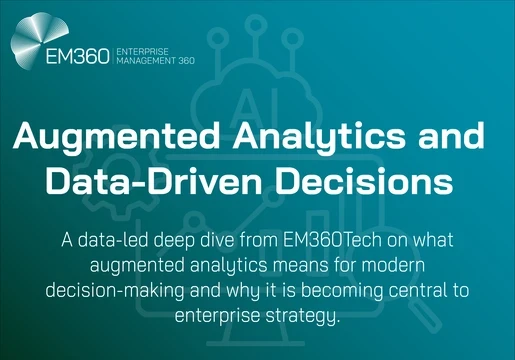
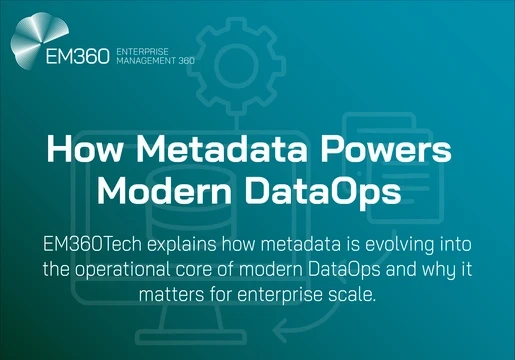
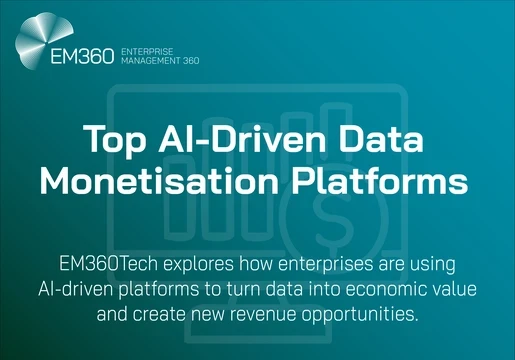
Comments ( 0 )